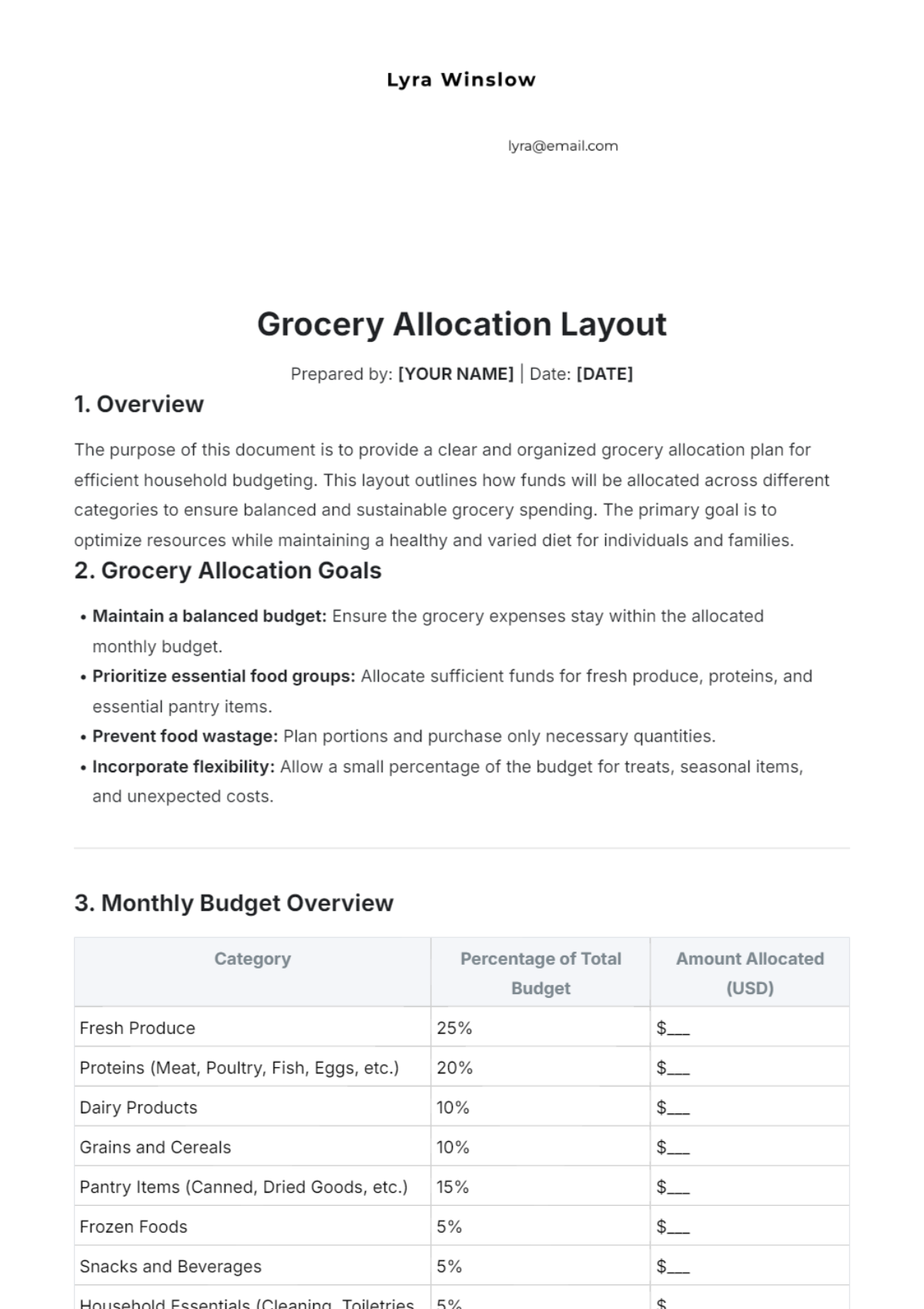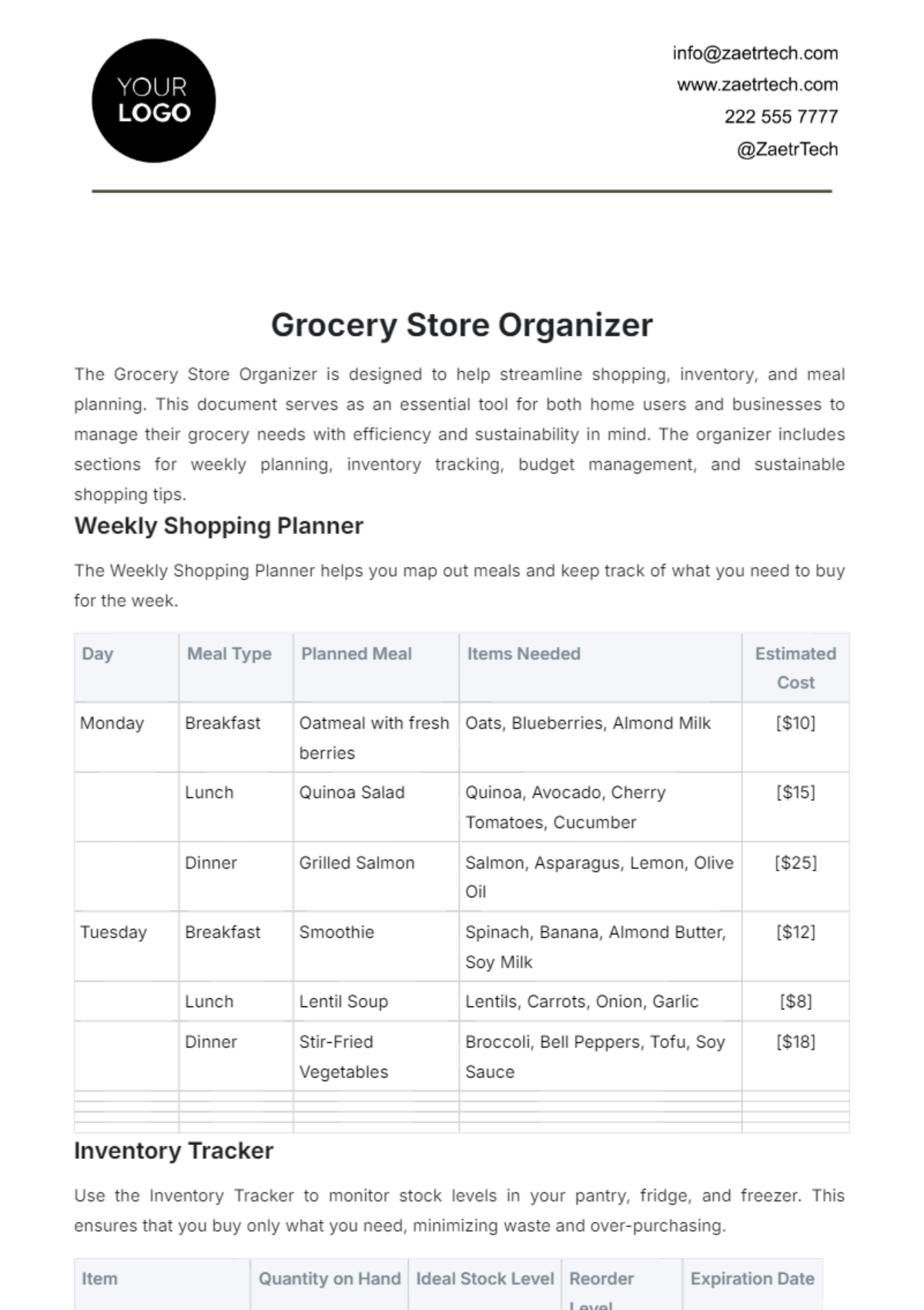Free Grocery Store Cash Handling Guideline
Ensure secure and efficient cash handling with the Grocery Store Cash Handling Guideline Template! This template only on Template.net is editable, making modifications simple. Its customizable format allows it to fit your store's cash handling policies. The AI Editor Tool assists in creating a detailed and practical cash handling guideline!
























